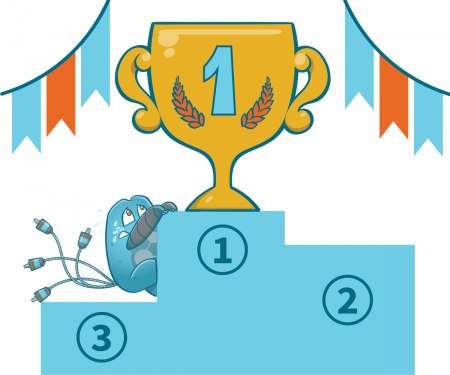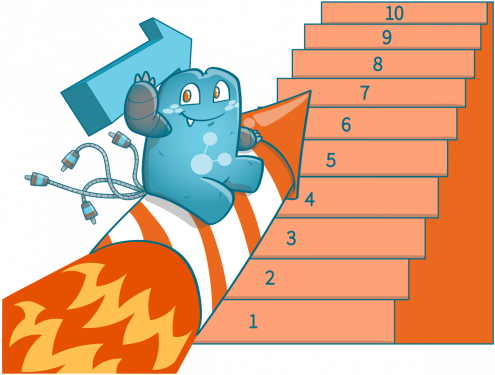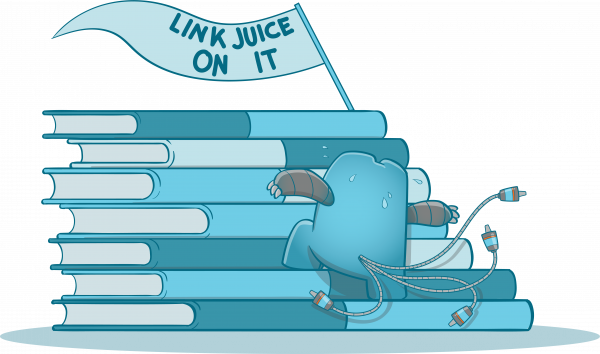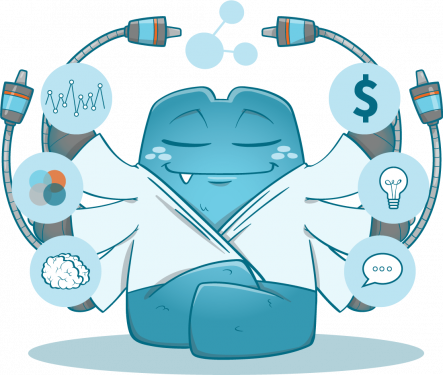Leveraging Internal Linking for SEO: Strategies in 2022 You Need to Focus On
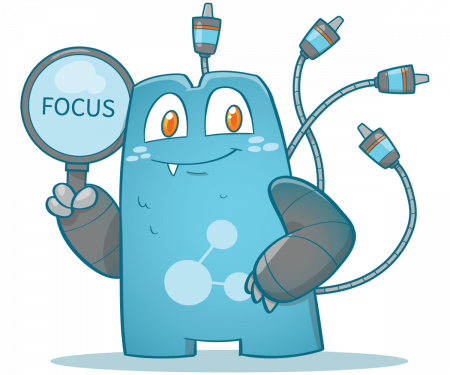
Internal linking for SEO is one of the most important aspects when doing internal linking. It helps you pass link juice around your website, and it can help you rank for more keywords. In this blog post, we will discuss some internal linking strategies that you need to focus on in 2022.
These strategies will help you improve your SEO and generate more traffic to your website!
Internal Links: User’s Paths to Valuable Information
Internal Links are the links that point from one page to another within the same domain. They are essential for three main reasons:
Helps Search Engines
They help search engines understand your website’s structure and hierarchy. Internal links act as paths for search engines when they’re crawling your website.
This is important because it helps them index your pages correctly and rank them for the right keywords.
Helps Pass Link Juice
They help pass link juice around your website. Link juice is the power or authority that a page has to pass to other pages on the same website. This is important because it can help improve your website’s SEO.
Internal linking is a critical part of any SEO strategy, and it’s something that you need to focus on.
Eases User Navigation
They help users navigate your website and find the information they’re looking for. This is important because it helps improve the user experience on your website, leading to higher conversion rates.
Top SEO Internal Linking Strategies in 2022
Now that we’ve discussed the importance of internal linking, let’s talk about some strategies.
Here are a few internal linking strategies that you should focus on:
Use Keyword-Rich Anchor Text Links
Anchor text links are links that use keywords as the anchor text. This is important because it helps improve your website’s SEO.
For example, if you’re linking to a blog post about “SEO Tips,” you would use the keyword “SEO Tips” as the anchor text.
Using keywords in anchor texts helps improve your website’s SEO because it tells search engines what the page is about.
Aside from aiding search engines understand the pages you’ve linked to, keywords in anchor text links can also give users an idea of what the page is about.
This is important because it can help improve your website’s click-through rate (CTR). The CTR is the percentage of people who click on a link out of the total number of people who see it.
A higher CTR means that more people click on your links, leading to more traffic to your website!
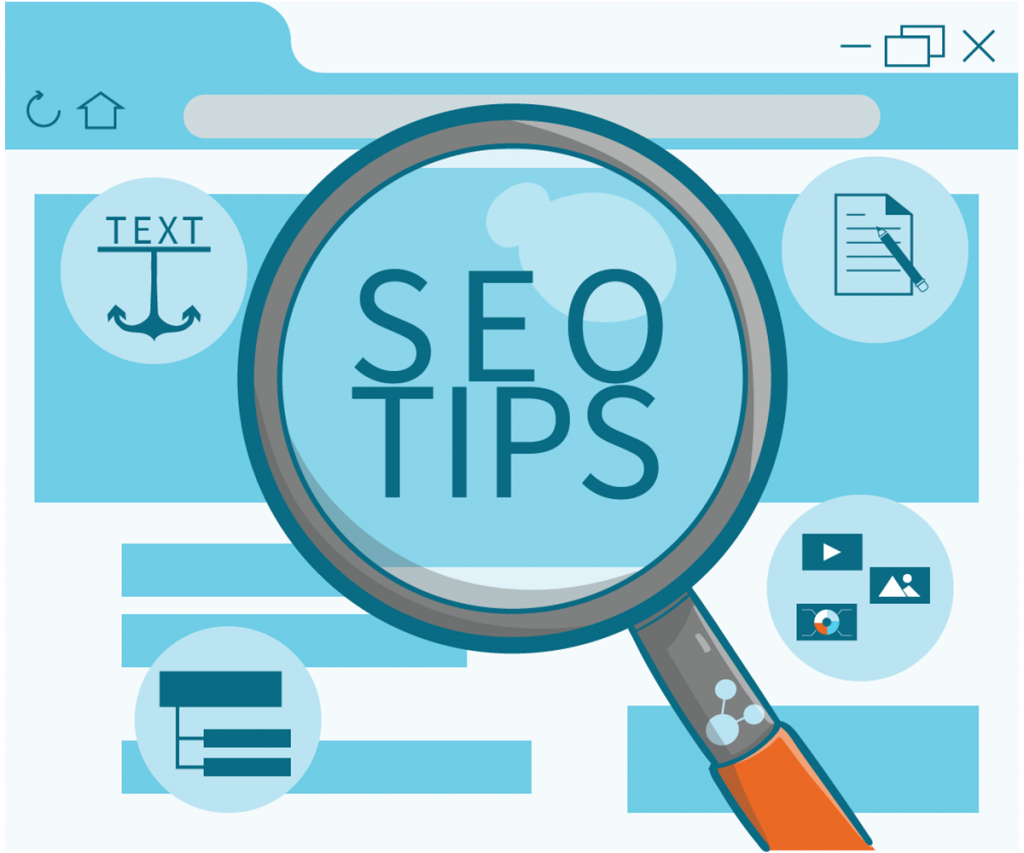
Link to Relevant Pages
When linking to other pages on your website, ensure that you’re linking to relevant pages. This is important because it helps improve the user experience on your website, and it can also help with your website’s SEO. This strategy focuses on internal links that lead to valuable information. This could be a product page, a blog post, or even an About Us page. The goal is to make it easy for users to find the information they are looking for.
For example, if you have a blog post about “SEO Tips,” you would want to link to other pages on your website related to SEO. This could be pages like “SEO Basics” or “How to Improve Your SEO.”
Linking to relevant pages helps improve the user experience because it gives users more information about the topic they’re interested in.
It also helps with your website’s SEO because it tells search engines what your website is about, and it can help you rank for more keywords.
Use Contextual Links
Contextual links are links placed within the context of the content on a page. This is important because it can help improve the user experience on your website and help with your website’s SEO.
For example, if you’re writing a blog post about “SEO Tips,” you would want to place links to other related pages within the context of the content.
This could be something like, “If you want to learn more about SEO, check out our page on SEO Basics.”
Pick Which Type of Content to Link
Using internal links to connect pages isn’t that effective. You’d need to pick which types of content you want to link.
Some examples of this type of content are blog posts, product pages, category pages, and even landing pages.
Picking the correct type of content to link can be tricky. You’ll need to experiment and see what works best for your website. But, generally speaking, you should focus on linking to pages that are relevant to the page you’re linking from.
Ensure that All Pages are Linked
Your strategies won’t work unless you have all your pages linked. This is important because it helps improve the user experience on your website, and it can also help with your website’s SEO. All pages should be linked to at least one other page on your website.
This may seem like a lot of work, but it’s worth it! Linking all pages on your website helps users find the information they’re looking for, and it also tells search engines what your website is about.
Use a Link Building Tool
Many link-building tools are available that can help you with your internal linking strategy. A great example of this is the Internal Link Juicer. It is a WordPress plugin that allows you to link to other pages on your website automatically.
Link-building tools are essential because they help save you time, and they can also help improve the user experience on your website.
Link Parent and Child Pages, Vice Versa
It is also essential to link a parent page to a child page and vice versa. This allows you to share traffic between the pages, and it can also help with your website’s SEO.
When you link child pages to a parent page, search engines will see this as a signal that the child pages support the parent page. This means the parent page is an essential page on your website.
On the other hand, when you link a parent page to a child page, it tells search engines that the child page is essential and relevant. This can help the child page rank higher in search results.
Content and Internal Links
Internal links won’t have enough bearing without pieces of content to link to. This means you’ll need to create high-quality content that is relevant to the pages you’re linking to.
Creating great content takes time and effort, but it’s worth it! Not only will this help with your website’s SEO, but it will also help improve the user experience on your website.
Here are some characteristics of high-quality content:
Length
The usual length of high-quality content is around 2000 words. But, this isn’t a rule. Some pieces of content can be shorter or longer and still be of high quality.
The important thing is to make sure that the content is comprehensive and covers everything the reader needs to know about the topic.
Relevance
The content you create should be relevant to the pages you’re linking to. This means that the content should be about the same topic, or it should be related to the topic in some way.
For example, if you’re linking to a page about “SEO Tips,” your content should also be about “SEO Tips,” or it should be related to SEO somehow.
This helps improve the user experience on your website because it tells the user that they will find relevant information on the page they’re linking to.
It also helps with your website’s SEO because it tells search engines what your website is about.
Spelling and Grammar
The content you create should be of high quality. This means that it should be well-written, accurate, and informative. Your content shouldn’t have spelling and grammatical errors since this can make your website look unprofessional.
Take the time to proofread your content before you publish it. You can also use a tool like Grammarly to help you with this.
Formatting
Your content should be easy to read and understand. This means that it should be properly formatted and structured.
For example, you should use headings, subheadings, bullet points, and short paragraphs. This makes your content easier to read, and it helps break up the text so that readers don’t get overwhelmed.
Images, Videos, and Infographics
Your content should also include images, videos, or infographics. This helps break up the text, and it also allows you to convey information in a different way.
Not only that, but images, videos, and infographics can also help improve your website’s SEO. This is because they can help you rank for different keywords.
For example, if you have an image with the keyword “SEO Tips,” you could rank for that keyword in Google Images.
Internal Linking for SEO in 2022
SEO is a complicated and ever-changing field. This means that the internal linking strategies you use today might not work tomorrow. So, to prevent this, you need to keep updated with the current trends in SEO and internal linking.
If you want to keep up with the SEO and internal linking trends, visit the content hub of the Internal Link Juicer today!



